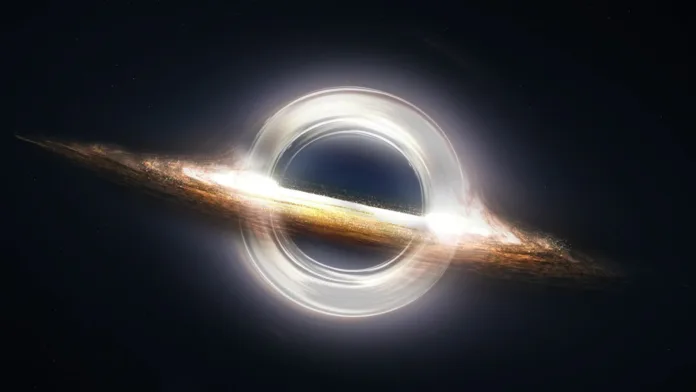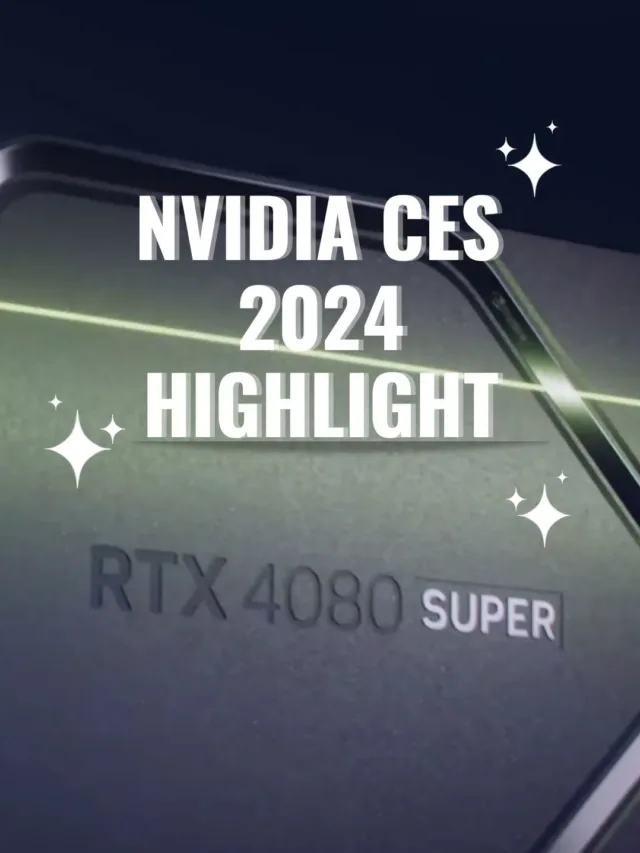Summary
- First Indian X-ray polarimetry mission: XPoSat mission studies the “polarization” of X-rays, revealing hidden details in cosmic objects like black holes and neutron stars, beyond just their brightness and direction.
- Revolutionizing X-ray astronomy: By measuring polarization, XPoSat maps magnetic fields, structures, and fundamental processes within these extreme environments, rewriting our understanding of matter and energy.
- Giant leap for science: XPoSat joins only one other dedicated X-ray polarimetry mission globally, propelling India’s space program and contributing significantly to unraveling the universe’s most fascinating mysteries.
Table of Contents
January 1st, 2024. Today India has launched its new space mission XPoSat to Unravel the mysteries of Black holes, swirling behemoths in the cosmic tapestry, have long captivated and terrified our imaginations. Imagine a monstrous cosmic vacuum cleaner, so dense it warps the fabric of spacetime itself, swallowing even light as it feasts on gas and dust. These titans of gravity are more than just science fiction fodder; they’re real, and they hold the key to understanding the most extreme environments in the universe.
ISRO, The Indian Space Research Organisation, has launched India’s first dedicated space mission aimed at studying the polarization of cosmic X-rays using X-ray Polarimeter Satellite (XPoSat), But to truly peek into the heart of a black hole, we need a special kind of flashlight, one that doesn’t get sucked in along with everything else. Enter XPoSat, India’s groundbreaking mission armed with a unique tool: the ability to see X-ray polarization.
Also Read: Aditya-L1: India’s Sun powered Odyssey Uncovers the Insider facts of the Sun
Black Holes in a Nutshell:
Think of a giant star, many times the mass of our Sun, collapsing under its own gravity. Its core crumples inward, cramming unimaginable density into a point smaller than an atom. This, my friend, is a black hole. The boundary around this point of infinite density is called the event horizon, a point of no return where not even light can escape its immense pull.
Within the event horizon lies a singularity, a point of infinite density where the laws of physics as we know them break down. But it’s not just an empty void. Black holes are messy eaters, swirling with superheated gas and dust in a disk called the accretion disk. As this cosmic banquet rages, friction and gravitational forces heat the disk to millions of degrees, spitting out high-energy X-rays like cosmic fireworks.

Here’s where XPoSat steps in:
Imagine these X-rays as ripples in the fabric of spacetime. Normally, these ripples are chaotic, like waves on a stormy sea. But XPoSat can detect a special pattern in these waves, called polarization. It’s like seeing the hidden order within the chaos, and it unlocks a treasure trove of information about the black hole’s secrets.
By analyzing X-ray polarization, XPoSat can:
Map the Accretion Disk: XPoSat can trace the magnetic field lines within the swirling disk, revealing its structure and how gas funnels towards the singularity. This is like watching a cosmic whirlpool in slow motion, understanding how the black hole fuels its insatiable hunger.
Unravel the Mystery of Jets: Black holes, not content with just swallowing, sometimes blast out narrow beams of matter and energy called jets. These jets can stretch for millions of light-years, carrying immense power. XPoSat can help us understand what triggers these cosmic fire hoses, a question that has stumped scientists for years.
Feel the Black Hole’s Gravity: By studying how X-rays bend around the black hole, XPoSat can map its gravitational influence. It’s like feeling the invisible hand of the black hole, stretching and warping the very fabric of spacetime around it.
XPoSat Mission: A Giant Leap for Science:
With each discovery, XPoSat cracks open the door to understanding the most extreme environments in the universe. It’s not just an Indian mission; it’s a leap forward for all of humanity. By uncovering the secrets of black holes, we gain a deeper understanding of the universe’s evolution, the formation of galaxies, and the very laws of physics that govern everything from the tiniest atom to the grandest cosmic dance.
So, the next time you gaze at the starry night sky, remember that hidden among the twinkling stars may lurk a black hole, its secrets slowly being unraveled by a special space mission called XPoSat. This is just the beginning of a thrilling cosmic adventure, and the universe, full of hidden wonders, awaits.
This is just a taste of the black hole story. Feel free to add more details about their formation, different types of black holes, or even interesting pop culture references to make the article even more engaging!
Disclaimer:
AI was used to conduct research and help write parts of the article. We primarily use the Gemini model developed by Google AI. While AI-assisted in creating this content, it was reviewed and edited by a human editor to ensure accuracy, clarity, and adherence to Google's webmaster guidelines.







